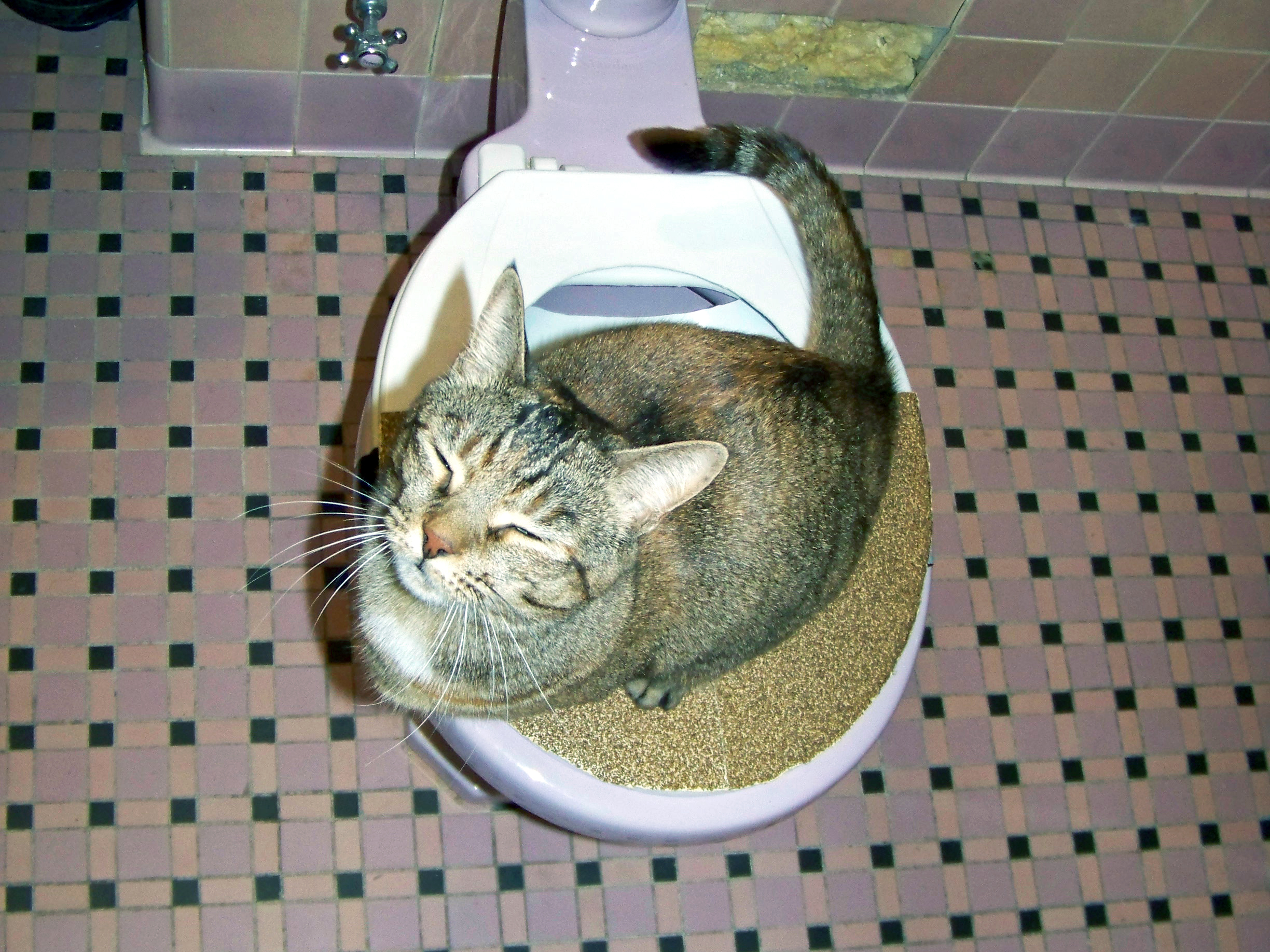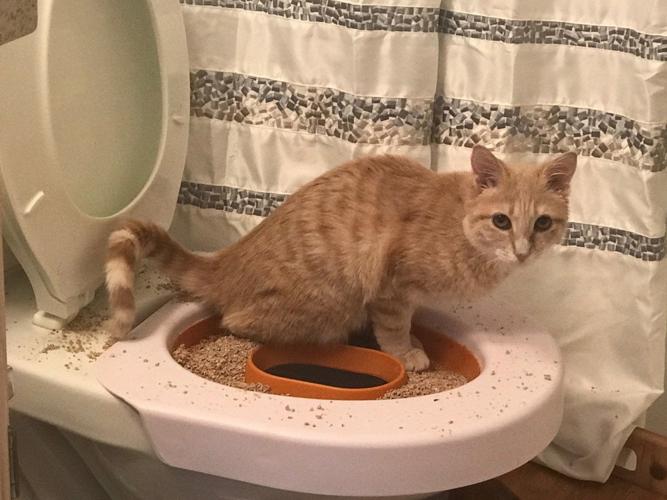Prevent Clogs and Damage: Never Flush Cat Poop Down Your Toilet - Professional Insights
WebsiteThis post below pertaining to Can You Flush Cat Poo or Litter Down the Toilet? is definitely fascinating. Check it out yourself and see what you think about it.

Introduction
As cat owners, it's vital to bear in mind exactly how we throw away our feline close friends' waste. While it might appear practical to flush cat poop down the commode, this technique can have damaging repercussions for both the environment and human wellness.
Alternatives to Flushing
Luckily, there are much safer and more liable methods to dispose of pet cat poop. Think about the following options:
1. Scoop and Dispose in Trash
The most typical method of throwing away cat poop is to scoop it right into a biodegradable bag and toss it in the garbage. Be sure to utilize a dedicated trash inside story and dispose of the waste immediately.
2. Usage Biodegradable Litter
Opt for naturally degradable feline clutter made from materials such as corn or wheat. These litters are environmentally friendly and can be securely taken care of in the trash.
3. Bury in the Yard
If you have a yard, think about burying feline waste in an assigned area away from vegetable gardens and water sources. Make sure to dig deep sufficient to prevent contamination of groundwater.
4. Install a Pet Waste Disposal System
Invest in a pet waste disposal system specifically made for pet cat waste. These systems utilize enzymes to break down the waste, minimizing odor and environmental influence.
Wellness Risks
In addition to environmental problems, purging feline waste can also posture health and wellness risks to human beings. Feline feces may consist of Toxoplasma gondii, a parasite that can create toxoplasmosis-- a potentially extreme health problem, particularly for expectant women and people with weakened body immune systems.
Environmental Impact
Flushing pet cat poop introduces unsafe microorganisms and bloodsuckers into the water system, posturing a considerable threat to marine environments. These impurities can negatively impact aquatic life and compromise water top quality.
Conclusion
Accountable family pet possession expands beyond providing food and shelter-- it likewise includes correct waste monitoring. By avoiding purging pet cat poop down the commode and opting for alternative disposal methods, we can minimize our ecological impact and shield human wellness.
Why Can’t I Flush Cat Poop?
It Spreads a Parasite
Cats are frequently infected with a parasite called toxoplasma gondii. The parasite causes an infection called toxoplasmosis. It is usually harmless to cats. The parasite only uses cat poop as a host for its eggs. Otherwise, the cat’s immune system usually keeps the infection at low enough levels to maintain its own health. But it does not stop the develop of eggs. These eggs are tiny and surprisingly tough. They may survive for a year before they begin to grow. But that’s the problem.
Our wastewater system is not designed to deal with toxoplasmosis eggs. Instead, most eggs will flush from your toilet into sewers and wastewater management plants. After the sewage is treated for many other harmful things in it, it is typically released into local rivers, lakes, or oceans. Here, the toxoplasmosis eggs can find new hosts, including starfish, crabs, otters, and many other wildlife. For many, this is a significant risk to their health. Toxoplasmosis can also end up infecting water sources that are important for agriculture, which means our deer, pigs, and sheep can get infected too.
Is There Risk to Humans?
There can be a risk to human life from flushing cat poop down the toilet. If you do so, the parasites from your cat’s poop can end up in shellfish, game animals, or livestock. If this meat is then served raw or undercooked, the people who eat it can get sick.
In fact, according to the CDC, 40 million people in the United States are infected with toxoplasma gondii. They get it from exposure to infected seafood, or from some kind of cat poop contamination, like drinking from a stream that is contaminated or touching anything that has come into contact with cat poop. That includes just cleaning a cat litter box.
Most people who get infected with these parasites will not develop any symptoms. However, for pregnant women or for those with compromised immune systems, the parasite can cause severe health problems.
How to Handle Cat Poop
The best way to handle cat poop is actually to clean the box more often. The eggs that the parasite sheds will not become active until one to five days after the cat poops. That means that if you clean daily, you’re much less likely to come into direct contact with infectious eggs.
That said, always dispose of cat poop in the garbage and not down the toilet. Wash your hands before and after you clean the litter box, and bring the bag of poop right outside to your garbage bins.
https://trenchlesssolutionsusa.com/why-cant-i-flush-cat-poop/

Do you like more info about How to Dispose of Cat Poop and Litter Without Plastic Bags? Leave a remark further down. We would be delighted to listen to your suggestions about this piece. We hope that you visit us again later on. Do you know somebody who is truly interested in the subject? Do not hesitate to promote it. Thank you so much for going through it.
Visit